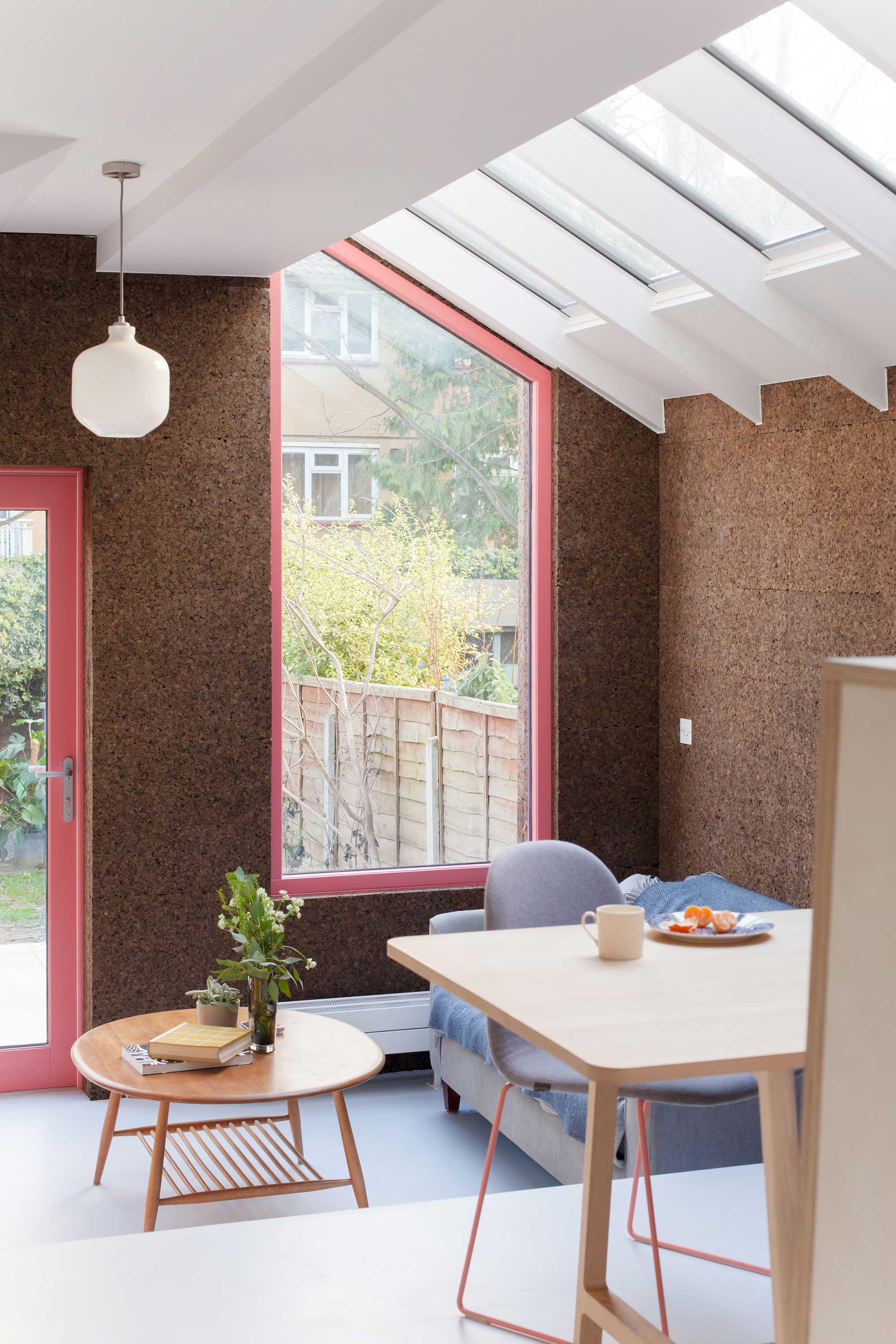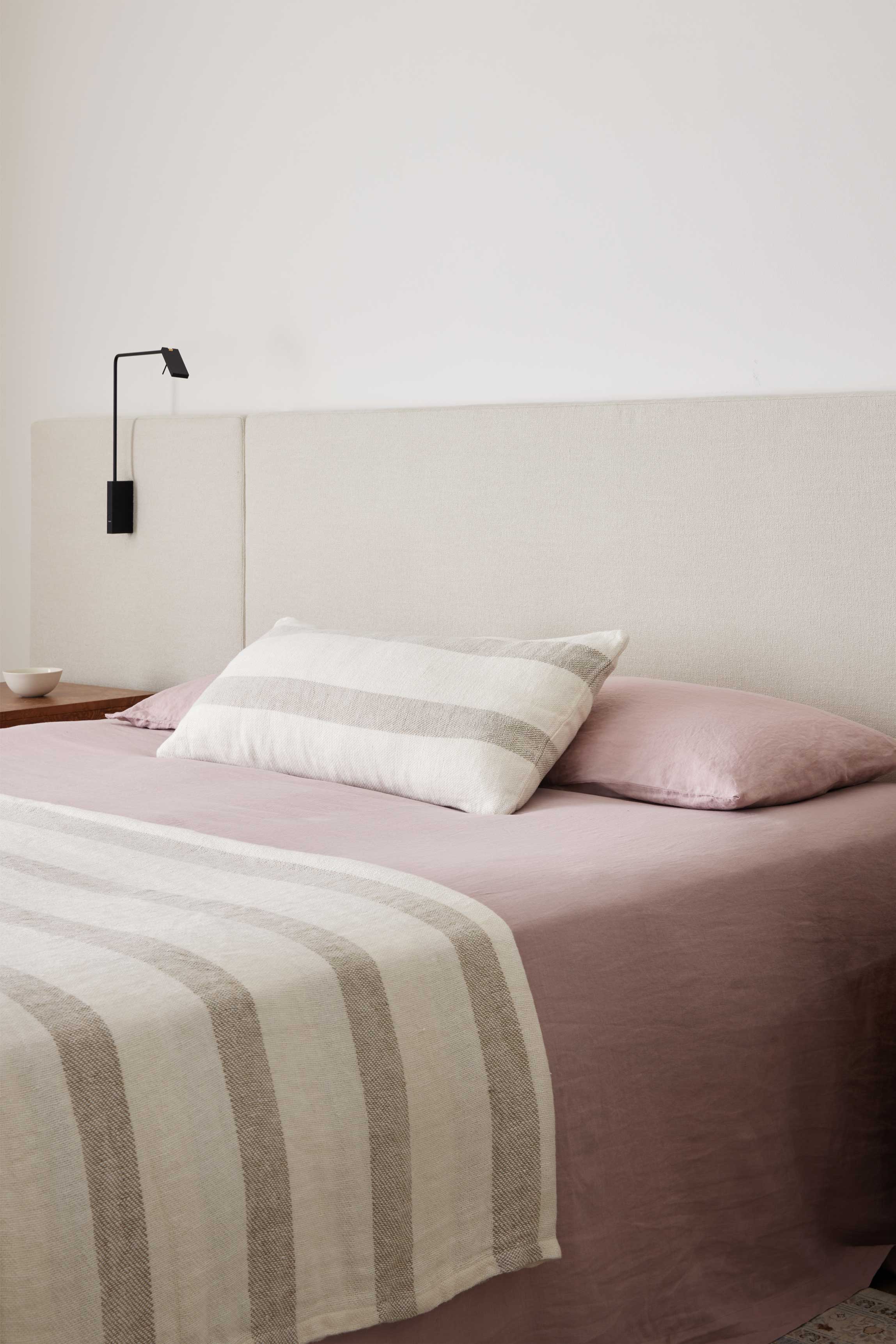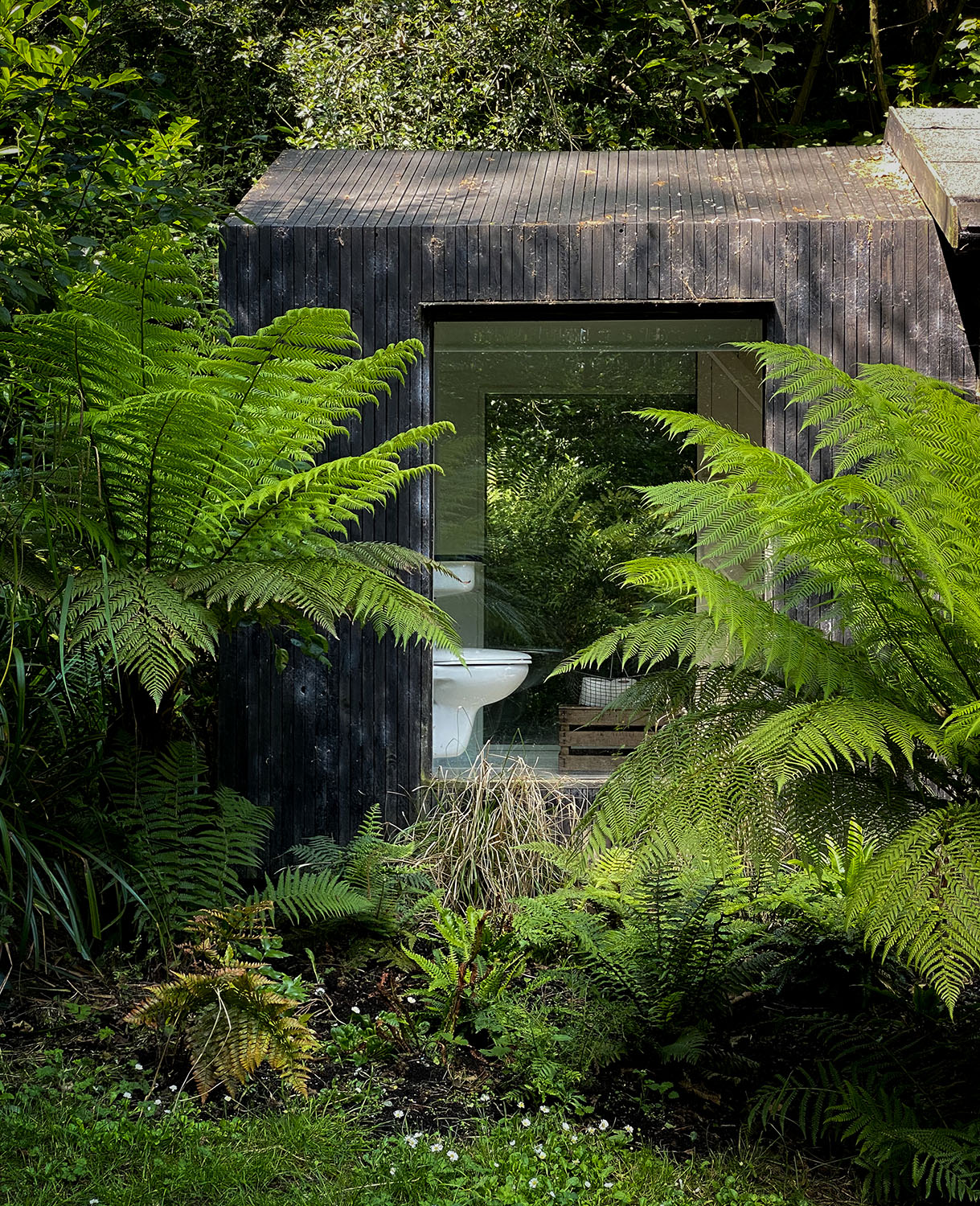A Digestible Guide to Greenwashing in Interior Design — What It Is, What It's Not, and How to Avoid It
Designers and sustainability experts share their guidance on navigating eco claims and sourcing ethically

Sustainability has become a buzzword, and honestly, we’re not surprised. It’s no longer a niche concern for designers sourcing low-emission or carbon-neutral materials, but a top priority for consumers who care about the health and function of their homes.
As more brands show off their eco credentials, the question becomes: what’s clever marketing, and what’s the real deal? With growing awareness around sustainability, sustainable interior design, ethical sourcing, and environmental impact, the risk of greenwashing in interior design is rising, too.
As sustainability emerges as a true trend, it's something designers, architects, and homeowners alike find increasingly complex to navigate. Terms like “natural,” “non-toxic,” “green,” and even “sustainable” aren’t regulated, leaving plenty of room for interpretation and manipulation. As a result, many are left to make decisions based on misleading, incomplete, or purposely confusing information. What is fact and what is fiction?
While it’s easy to be fooled by exaggerated claims, insight from sustainability consultants and other experts can help cut the noise. From knowing which certifications actually matter to choosing materials that align with both your aesthetic and your values, the path to truly ethical design is clearer than you think. So, here's a quick guide to everything you need to know.
What Is Greenwashing, Really?

Cork flooring and walls (as well as decor) has been a growing trend lately, and for good reason. Apart from looking good, it also offers a range of other benefits.
Greenwashing in interior design is widespread and hard to discern. “Many brands are using sustainability as a marketing tool without fully committing to it,” says interior designer Pia Pelkonen. Claims centered on “eco-friendly” materials or sustainable practices can be misleading as “products may still have significant environmental or social impacts,” she adds.
Even recycled materials aren’t always as green as they seem. “Using post-consumer recycled polyester may be better than sending plastic to landfill, but it’s not truly sustainable,” says Pia. “It simply extends the life of plastic, unlike renewable materials that can be regrown with minimal waste.”
Instead, it's best to choose materials like organic cotton grown without pesticides, cork surfaces, hemp, wool, and responsibly harvested wood.
Designer Veronica Lloveras of Clayton Korte agrees. Brands often use vague terms like “natural” or “eco-friendly” without verification. “Misleading claims include exaggerated benefits and false certifications that lack third-party validation,” she adds.
The Labels to Look For

CULTIVER's bed linens all have OEKO-TEX accreditation, meaning they've been tested against the use of harsh chemicals that endanger people and planet.
Designer Jen Baxter of Baxter Hill Interiors, who studied sustainability at the New York School of Interior Design, suggests looking out for companies that are B-Corp-certified, a certification granted to companies that go above-and-beyond when it comes accountability and product performance.
“GOTS (Global Organic Textile Standard) or OEKO-TEX, a standard that tests for harmful chemicals, for textiles are also good indicators,” she says.
When figuring out what to source and what items to steer clear of, it’s important to look for genuine certifications such as FSC (Forest Stewardship Council), the label for responsible forestry practices, Cradle to Cradle for full-lifecycle impact, and Greenguard or low chemical emissions. “Beware of the generic “green” logo that offers no real verification,” says Veronica.
Jen Baxter, the founder and principal designer behind Baxter Hill Interiors tries to incorporate sustainability into all of her designs. Having studied sustainability while at the New York School of Interior Design, she knows how to separate fact from fiction, ensuring she creates spaces that not only her clients will love, but the earth will too.
When you start to research, check if certifications are from reputable third-party sources, and if you still have questions, reach out to brands directly. “Brands should disclose sourcing and production details,” says Veronica. “If it is difficult to find information or a product rep is hesitant to send it, then it’s likely a ruse.”
Gordon Boggis, CEO of Carnegie, a B-Corp-certified and PVC-free textile manufacturer, believes sustainability should be top of mind, especially when it comes to our homes.
“The architecture and construction industry is responsible for almost 40% of global greenhouse gas emissions,” he says. Unfortunately, many building materials lack transparency, allowing potentially hazardous substances to enter our spaces.
And while a brand may share details on their efforts, it’s also important to consider a product’s full lifecycle. Look to see if any claims are substantiated with reference to purchased offsets. Companies can often offset their pollution by purchasing forested areas or power from renewable resources.
Gordon Boggis is the CEO of Carnegie, a sustainable textile manufacturer who has been B-Corp-certified since 2014, and is the first (and only) 100% PVC-free textiles, wallcovering, and acoustics company.
How to Spot the Real Deal (And Avoid Red Flags)

Passivhauses must be certified through the Passivhaus Institute, and comply with five strict requirements to pass, including airtightness and thermal insulation.
So how do you spot and avoid falling victim to greenwashing in interior design? It’s all about asking questions and doing your own research. “Truly sustainable companies are transparent and open about where their products are made and how,” says Pia.
“Certifications help, but transparency matters more,” addss Veronica. “A company that’s hesitant to share how something is made is often trying to hide something.”
And Gordon emphasizes that designers hold immense power in shifting the industry. “Design professionals have 140 times more influence than individual consumers in material choices. By prioritizing non-toxic, regenerative materials, they can help eliminate harmful substances and drive systemic change. Transparency from manufacturers is key to building a truly sustainable future.”
Green design doesn’t have to be perfect, but it should always be honest. By asking better questions, looking for meaningful certifications, and pushing for transparency, we can move past greenwashing in interior design and into a more thoughtful, truly sustainable way of living.
The Livingetc newsletters are your inside source for what’s shaping interiors now - and what’s next. Discover trend forecasts, smart style ideas, and curated shopping inspiration that brings design to life. Subscribe today and stay ahead of the curve.
Lauren Jones is a Texas-based writer who covers everything from architecture to interiors, sustainability, art, and travel. Apart from writing for publications including Architectural Digest, Dwell, Wallpaper, and, of course, Livingetc, she has also worked in-house at Scandi flooring company, Stuga, and custom cabinets and door maker, Semihandmade.